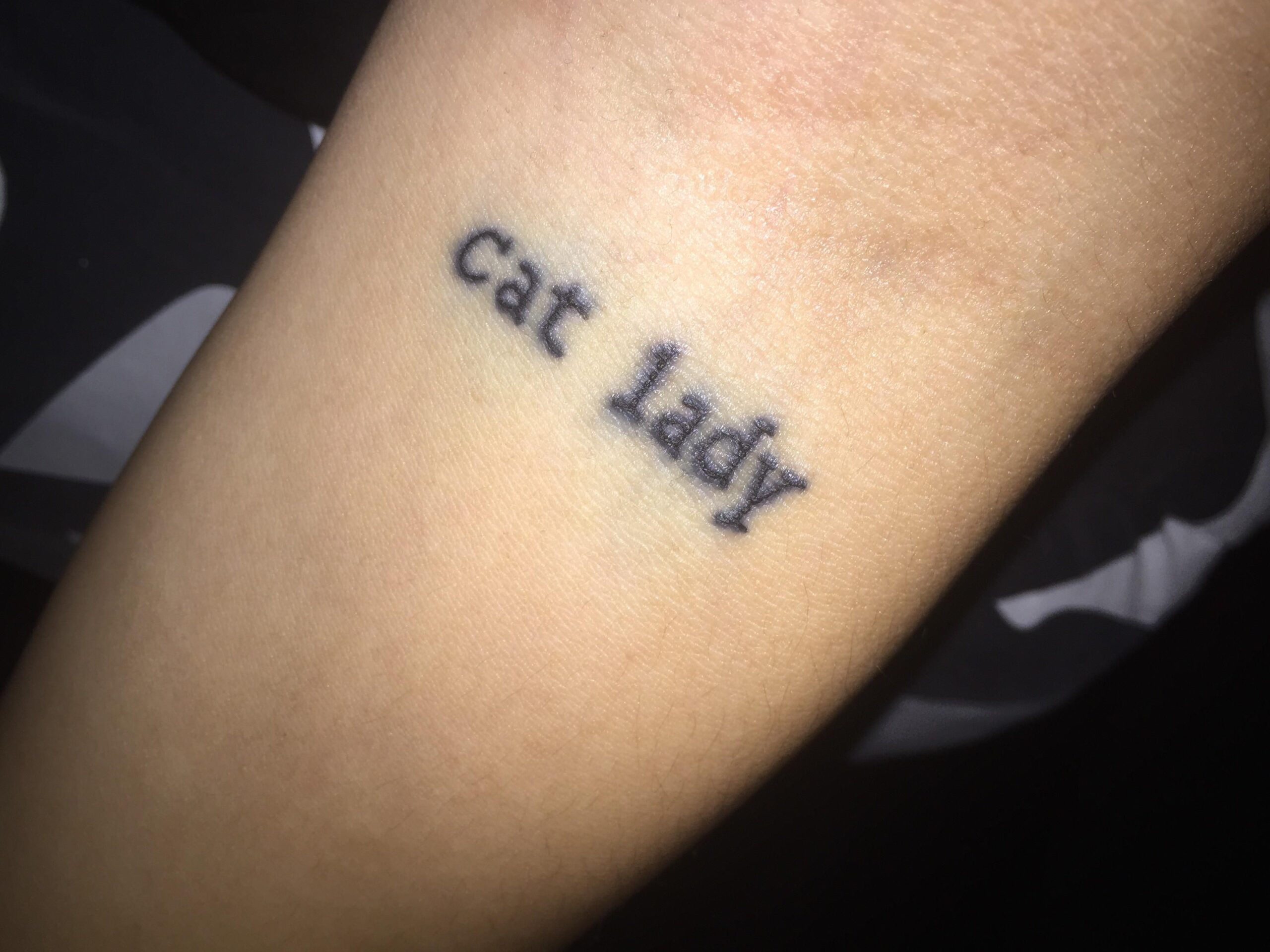If you have tattoo keloids, you should know the signs of keloid scarring, as well as treatment options. Here are some tips on tattoo keloids and their scarring: Know the signs and symptoms, know how to treat your tattoo keloids, and consider the costs of tattoo removal.
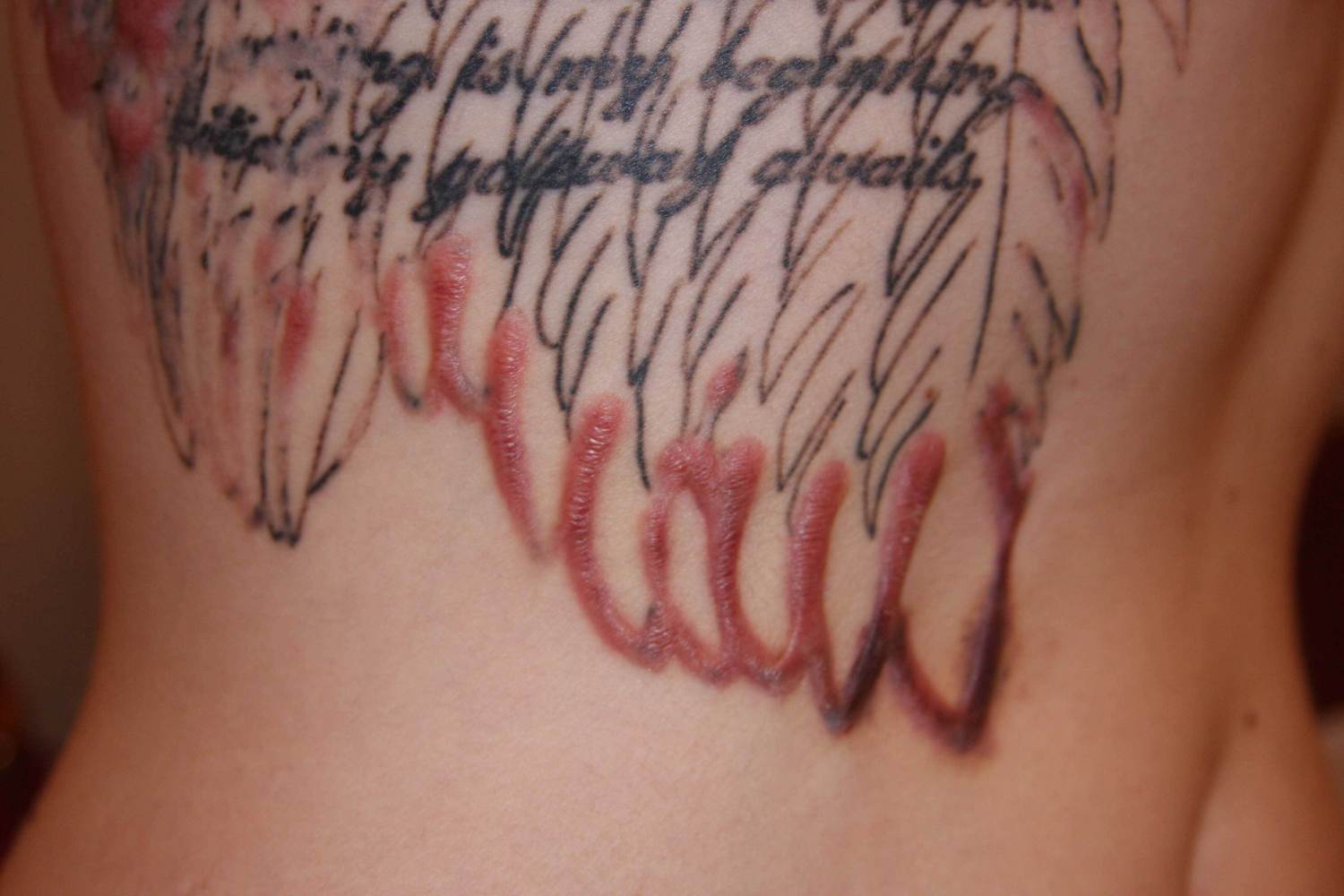
Scarring caused by tattoo keloids
Scarring caused by tattoo keloids is often difficult to treat, but there are treatments available. Injections of corticosteroids, surgery, and silicone-based products can all reduce keloids’ size and appearance. Laser therapy can flatten larger keloids and may also be used in combination with other treatments. Sometimes, a prescription steroid cream or injection can reduce the appearance of the scar and help prevent keloids from returning.
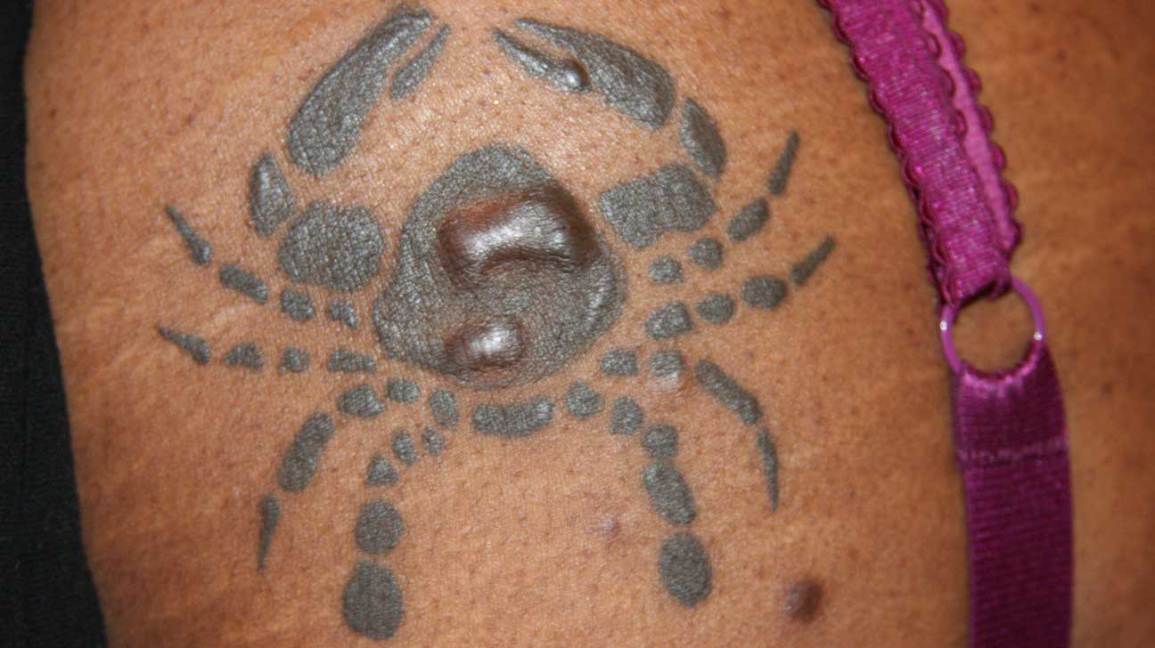
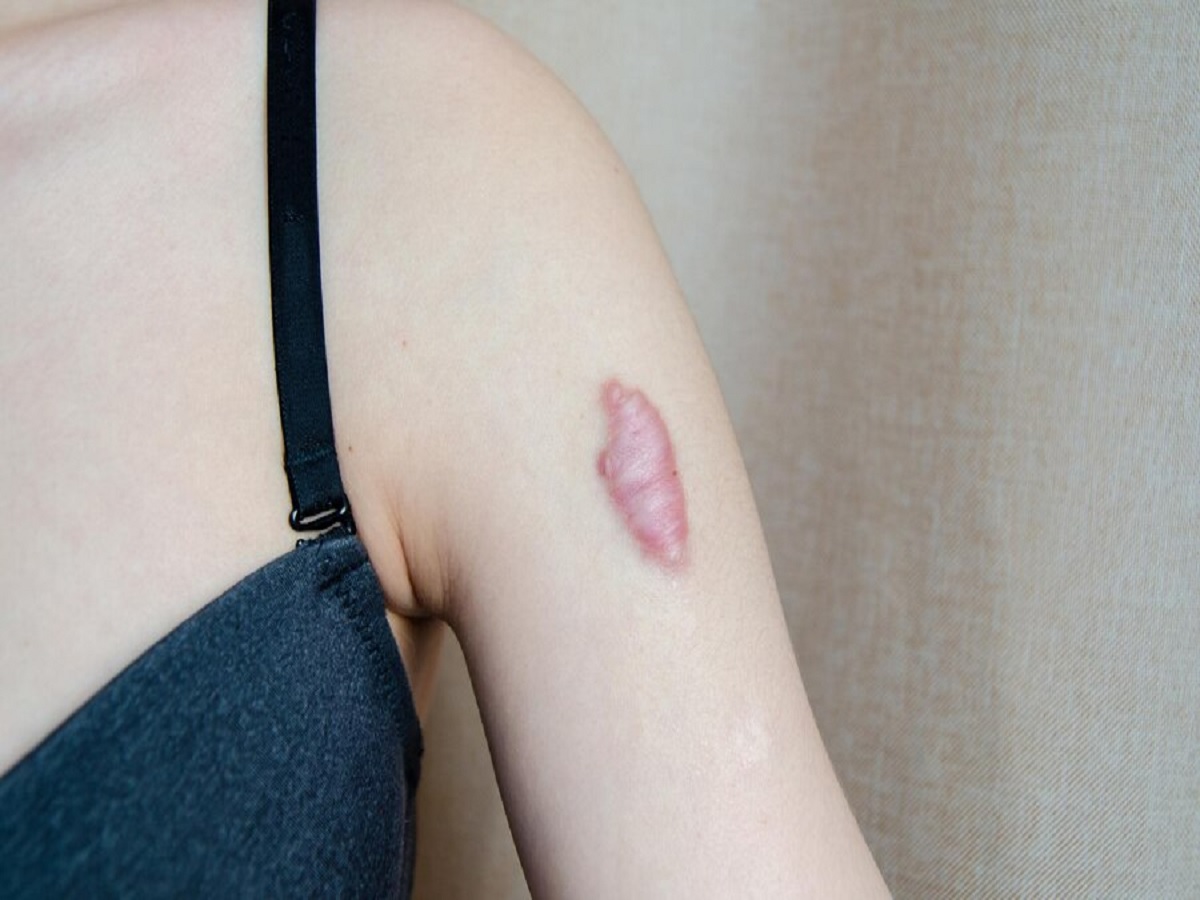
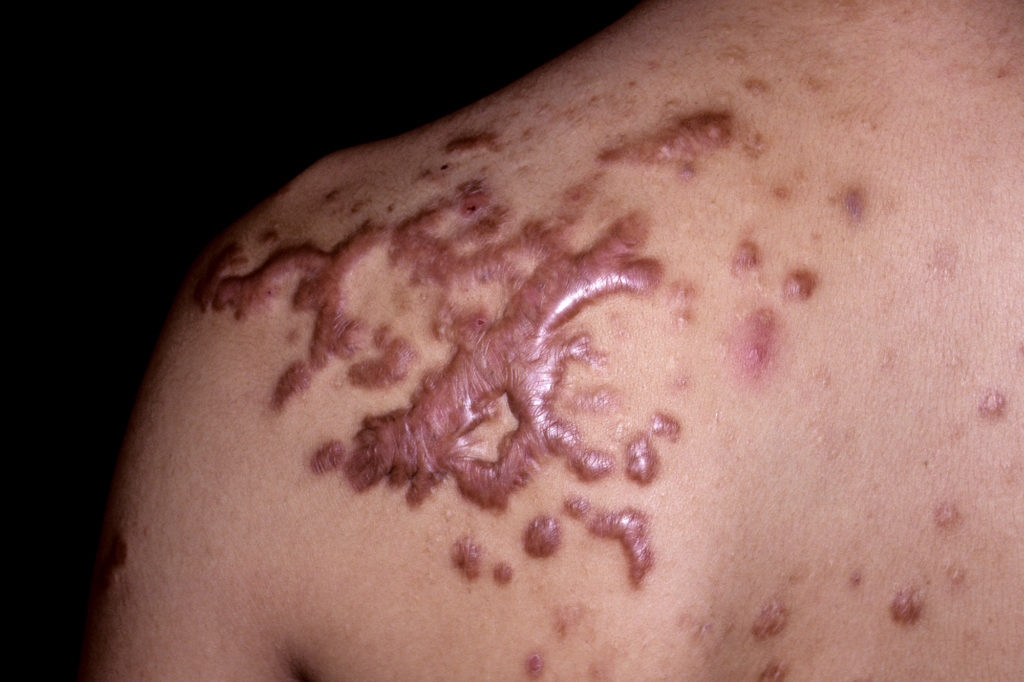
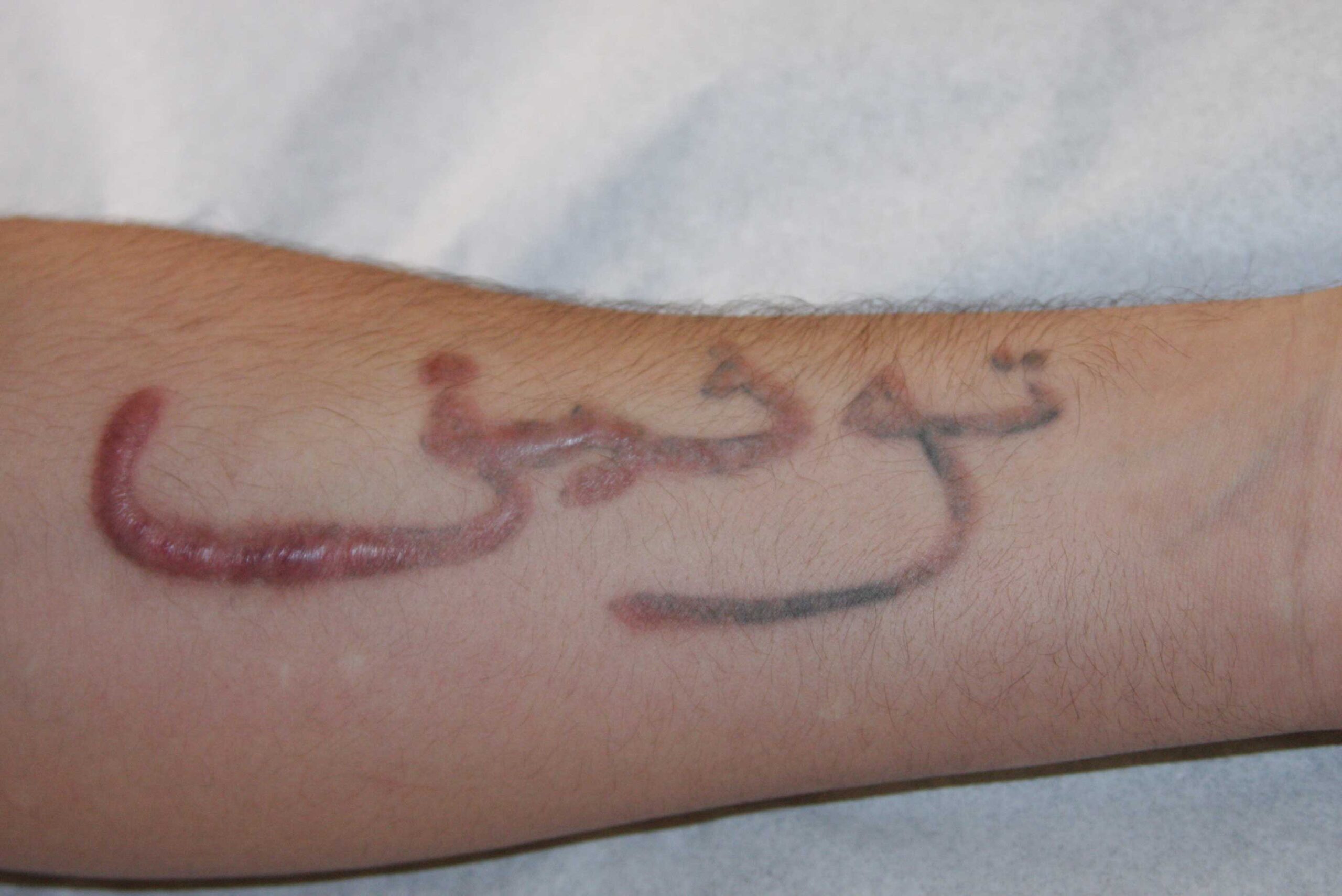
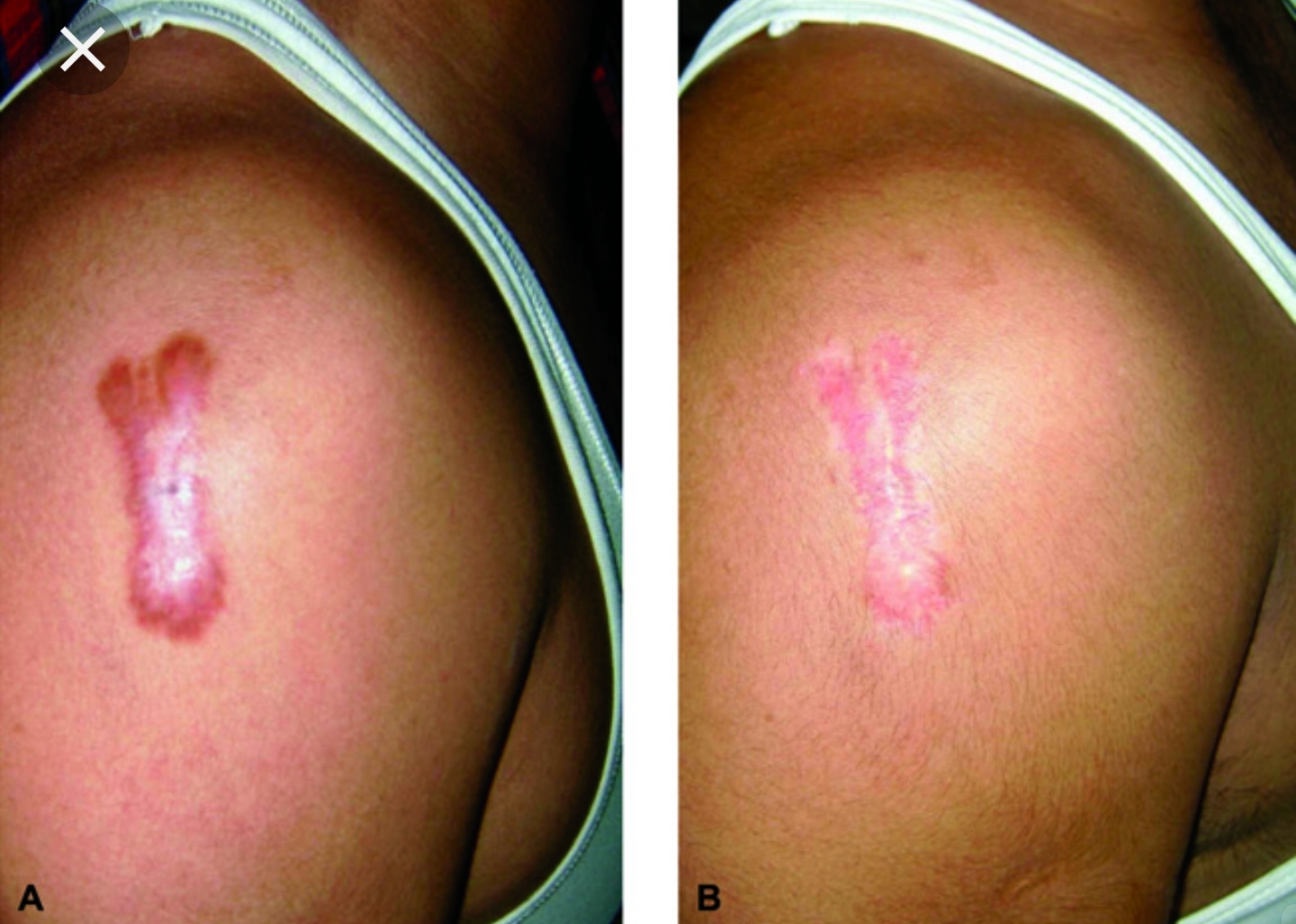
Keloids usually start out as a raised scar, which can be a darker color than the surrounding skin. They can grow slowly, sometimes taking months, but will eventually become bigger. They feel firm and different from normal skin, and they can be tender to the touch. When a keloid has begun to grow, it will be painful, and it will likely feel different from the surrounding skin.
Tattoo keloids are very uncommon, but it’s still important to monitor your skin carefully after your tattoo. If you notice a red, raised spot, or other sign of infection, consult with a dermatologist. It could be the result of improper aftercare or an inexperienced technician. If you notice a keloid, you should seek treatment as soon as possible. Otherwise, it could lead to a serious infection.
Tattoo keloids are caused by excess collagen production. To prevent keloids from forming, you should make sure that your tattoo artist is experienced in dealing with keloids. An inexperienced tattoo artist can make the scarring worse. You can also prevent the formation of new keloids by keeping the tattoo area in the shade as much as possible.
Tattoo keloids are more common among those with darker skin. However, people of light skin can develop keloids as well. Tattoo keloids tend to run in families, and those with a family history are at a higher risk. You can even get them if you’re pregnant or have dark skin.
The risk of tattoo keloids is very low, but it’s important to know how to identify and prevent them before they develop. Tattoo keloids don’t appear right away, but they usually reappear within a few years. So, you should go in for pre-treatment counseling to make sure you’re comfortable with the treatment before you get a tattoo.
Symptoms of keloid scarring
Symptoms of keloid scarring are usually pain, itching, and tenderness in the area. These symptoms tend to go away as the keloid scar starts to shrink. Keloid scars can occur anywhere on the body, but are most common on the neck, shoulders, chest, and back. They can range in size from a few millimeters to several inches. Like other types of scars, keloids are made of extra scar tissue.
Keloid scars may be difficult to treat, and multiple treatment approaches may be necessary. These include laser therapy, injections, and cryotherapy. You may also have to use pressure dressings to help reduce the risk of keloid recurrence. However, there are no guaranteed treatments for keloid scars, and many people find that these solutions do not remove the keloid completely.
While surgery is an option for treating keloid scarring, it has an extremely high recurrence rate. To minimize the risk of scarring, you should avoid piercings or Tattoos. Wearing pressure earring can also help prevent keloid scars. Also, it is important to use sunscreen regularly and to avoid the sun. If you’re concerned about keloid scarring, seek medical advice from a board-certified dermatologist.
There are two common treatments for keloid scarring after tattoo: injected medicine and freezing. Both can reduce the thickness of the scar. However, both options have some side effects, including skin thinning and loss of color. Your dermatologist can create a treatment plan suited to your particular situation.
Radiation treatment is also another option for treating keloid scars. It is most effective when applied on the same day as the surgery. It can help shrink and soften the keloids, but you must be careful about the risks associated with this treatment. It is also important to avoid getting a new tattoo after keloid scarring.
Surgical treatment may be necessary if the keloid has spread. A surgical treatment involves cutting out the keloid, which may cause the scarring to return. Laser therapy can also help to fade the scars.
Treatment options for keloid scars
Many people are unhappy with their keloid tattoo scars, but the good news is that there are treatments that can shrink them. One such treatment is laser therapy, which uses highly focused beams of light to reduce the height of the scar and fade its color. Another option is surgery, which involves cutting out the keloid. This option is best combined with corticosteroid injections to achieve the best results. Cryotherapy is another treatment that uses liquid nitrogen to freeze off keloid tissue. It is most effective in small scars.
Some doctors recommend pulsed-dye laser therapy as an alternative to surgery. This treatment can reduce the thickness of the scar and ease its itchiness. It is usually administered over a series of sessions with four to eight weeks in between. The risks are lower with this treatment. It may be better suited for people with lighter skin. Radiation therapy can also be an option for patients with more advanced keloids. However, this method is associated with several risks.
Before having a tattoo, people with keloid concerns should consult with a dermatologist to determine the best option for them. A dermatologist can offer alternative options to prevent keloid formation or prescribe medications to reduce the risk. Patients may also choose to do a test spot first before the procedure. The first sign of keloid formation is thickened skin. It is possible to prevent keloid formation by applying pressure on the skin from the time it first starts to swell up. A dermatologist can also fit the patient with a pressure device. Corticosteroids may also help prevent keloid formation.
Keloid removal is not a simple option. Although surgery is not an effective solution for large keloids, smaller ones can be flattened and reduced. Although keloids cannot be cured completely, removing them will help minimize the appearance of a tattoo. Although keloid removal is costly, insurance may cover a portion of the cost.
While keloids are not permanent, they are not pleasant to see. They may appear as a lump of skin and may last anywhere from three months to a year. These lumps may feel itchy, tender, or hard to the touch, but the symptoms should go away once the keloid stops growing.
Cost of keloid removal
The cost of keloid removal can vary widely depending on the size and location of the keloid, the type of medical facility that performs the treatment, and other factors. Though most keloids can be treated in a doctor’s office or outpatient clinic, the most expensive option is usually hospital treatment. Patients should be aware of the billing practices of medical facilities, as some charge exorbitantly for keloid removal.
The cost of keloid removal varies from $75 to $2,000, depending on the severity and size of the keloid. While the procedure is not covered by health insurance, most plans will cover at least a portion of the cost. The cost will increase as the keloid grows larger. If a patient cannot afford the procedure, they may have to consider other options, such as surgery. However, this option is usually reserved for the worst cases.
The cost of keloid removal will depend on the size of the keloid, the location of the keloid, and the surgeon that performs the procedure. Injections with corticosteroid steroids can reduce the size of the keloid scar. Depending on the size of the keloid, patients may need two to six sessions. A single steroid injection will cost between $200 and $290.
A keloid removal procedure will vary in cost and duration. A physician will perform the procedure after administering a local anesthetic to the area. The skin will be tender for a few days following the procedure. A medication will help minimize the discomfort afterward. Insurance companies typically cover the cost of keloid removal as a cosmetic procedure.
The most common treatment for keloids is corticosteroid injection. This method works well for smaller keloids and can also lighten the skin in the area. This method is most often used to treat keloids and is often used in conjunction with surgery. The medications used to treat keloids are not as well researched as corticosteroid injections.

